I am creating a heatmap to be used in a publication. The publication is restricted to black and white printing, so I'm creating the heatmap in grayscale. The problem I have is that there are some squares in the heatmap which are "Not Applicable" which I want to visually differentiate from the other cells. My understanding is that this may(?) be possible using numpy's masked arrays if the heatmap is colored at both ends of the scale, and that masked fields may simply display as white. The problem is, I would like to use the full spectrum from white to black to illustrate the range of the non-NA data. Is there anyway to distinguish NA cells with some other visual mechanism, such as a strikethrough?
Below is a minimum example of grayscale with a masked array (adapted from here). The NA values are probably masked here, you just can't tell because it is using white which is already being used as the color on the high end of the valid spectrum.
import numpy as np
from pylab import *
z = rand(10, 25)
z = np.ma.masked_array(z,mask=z>0.8)
c = pcolor(z)
set_cmap('gray')
colorbar()
c = pcolor(z, edgecolors='w', linewidths=1)
axis([0,25,0,10])
savefig('plt.png')
show()


